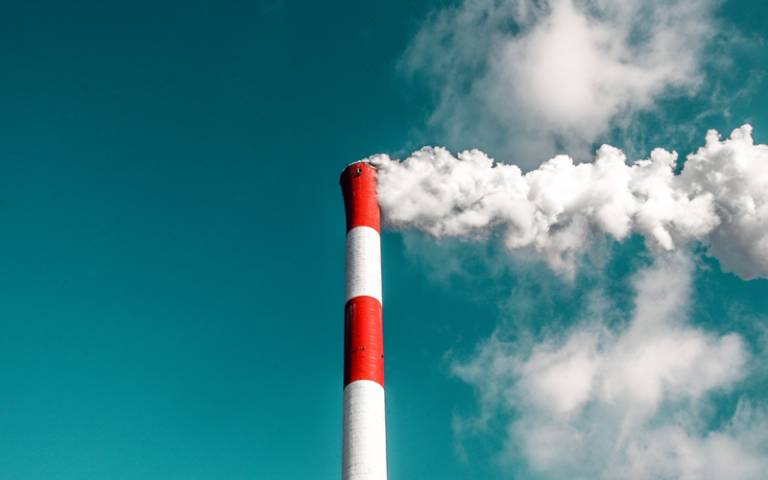Carbon capture, storage and utilisation in EU decarbonisation scenarios – new report
11 December 2020
Researchers at the UCL Energy Institute have just completed a review of carbon capture and storage in future EU decarbonisation scenarios for the Carbon Capture and Storage Association

Understanding the potential role of carbon capture and storage (CCS) and carbon capture and utilisation (CCU) technologies is critical for European stakeholders, as policy is developed to bring about a low carbon transition. This set of technologies has been shown to play a prominent role across many scenarios. A new report from UCL Energy Institute for the Carbon Capture and Storage Association (CCSA) seeks to establish, based on reviewing modelled scenarios, what could be their role, and some of the underlying drivers associated with different outlooks.
Focusing on EU decarbonisation scenarios consistent with the 1.5°C and 2°C global temperature, a focused literature review on modelling studies was undertaken, examining EU decarbonisation scenarios using both global and EU-level models. Studies which present the results from individual models and model inter-comparison projects were screened to identify those which report CO2 emissions mitigated and/or removal by CCS and CCU at the EU-level. Looking across all the scenarios, several trends were identified which have important implications for both policy makers and modellers.The EU is currently considering the adoption of a target to reach net zero CO2 emissions by 2050, which is consistent with the 1.5°C global target. Published scenarios indicate that CCS in Europe is essential for this. Under a 2°C target, most scenarios suggest a prominent role for CCS, although a small number suggest low levels of deployment. This implies that Europe needs a large-scale CCS industry to meet future targets.
Models shows a significant range of the level of CCS potentially required by 2050. See the median levels across all the reviewed 2°C and 1.5°C scenarios in the table.
| Total CCS [MtCO2 /yr] | 2030 (median) | 2050 (median) |
|---|---|---|
| 2DS | 35-100 | 600-930 |
| 1.5DS | 230-430 | 930-1200 |
Scenario design strongly influences the amount of CCS deployed in both the 1.5°C and 2°C scenarios. Assumptions such as high future energy demands or low levels of renewable deployment lead to higher levels of CCS deployment, and vice versa. European-scale models were found to suggest lower levels of CCS deployment than global-scale models. More research is needed to understand what drives these differences.
CCS enables net removal of CO2 from the atmosphere when it is combined with bioenergy, provided the biomass is sourced sustainably. Bioenergy with CCS (BECCS) plays a key role in the modelled scenarios for Europe.
| BECCS [MtCO2 /yr] | 2030 (median) | 2050 (median) |
|---|---|---|
| 2DS | 1-5 | 150-230 |
| 1.5DS | 30 | 400 |
However, there is no consensus in the models on the role of CCU in European decarbonisation. Some studies foresee a significant role while others do not consider it. There are large differences in how CCU technologies are represented in the models (if at all), and significant work is needed to combine the latest life-cycle analysis, cost information and spatial insights with techno-economic modelling to further understand how and where CCU should play a role.
Importantly, models indicate significant annual investments are needed in CCS in Europe until 2050 in both 1.5°C and 2°C scenarios. These amount to $14 billion (median) in scenarios consistent with 1.5°C and $11 billion (median) in 2°C scenarios.
Our involvement
The research team was composed of Isabela Butnar, Jennifer Cronin and Steve Pye.
 Close
Close

